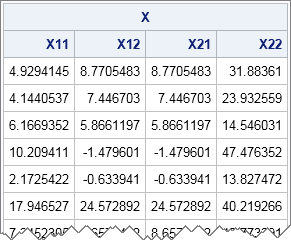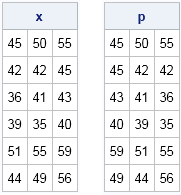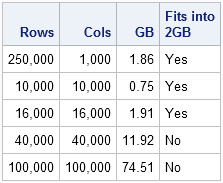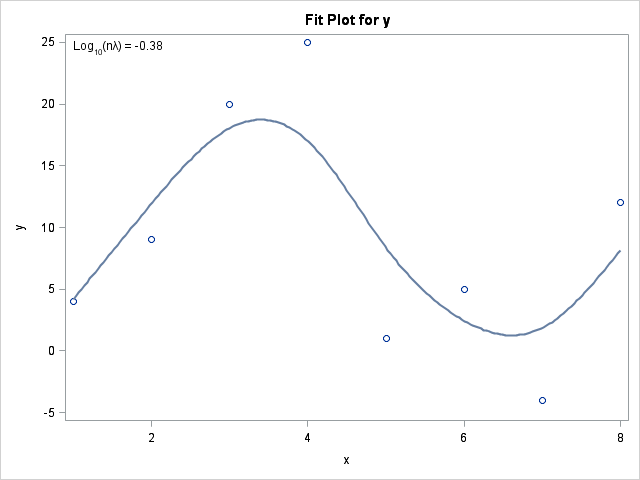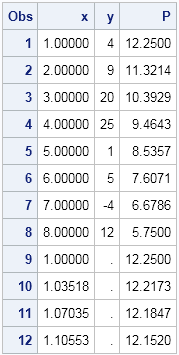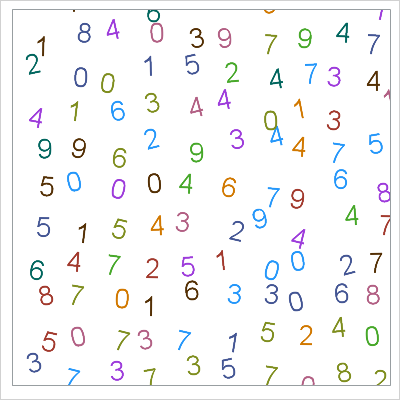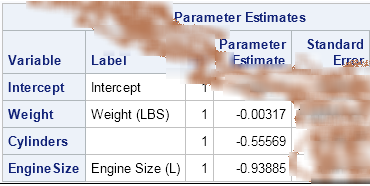
Did you know that if you have set multiple titles in SAS, that there is an easy way to remove them? For example, suppose that you've written the following statements, which call the TITLE statement to set three titles: title "A Great Big Papa Title"; title2 "A Medium-sized Mama Title";



